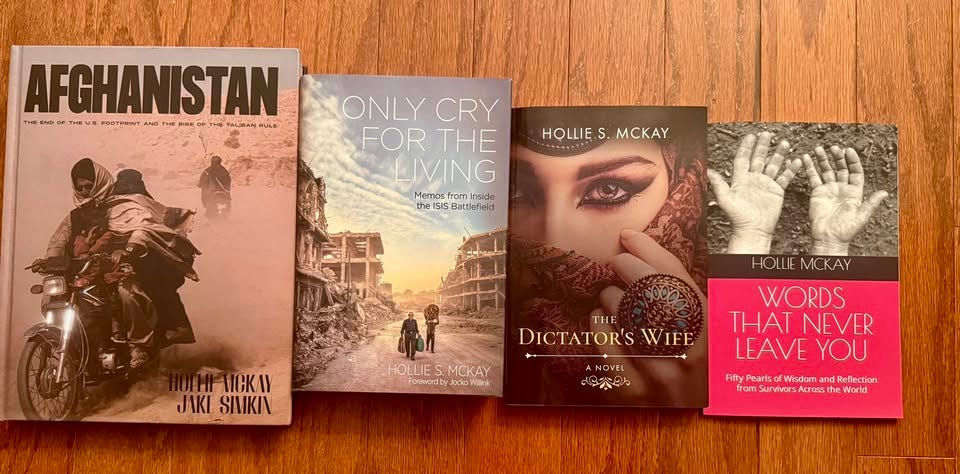Iran's pursuit of chemical weapons based on pharmaceutical compounds like fentanyl represents a dark innovation in modern warfare. These silent, invisible tools could incapacitate soldiers or civilians en masse, creating a battlefield advantage with minimal physical destruction. Their potential deployment by Iran’s proxies, such as Hezbollah, amplifies the risk of destabilizing volatile regions like the Middle East.
As the U.S. and allies scramble to enforce international bans and sanctions, the stakes couldn’t be higher. This isn’t just a challenge of chemical compliance—it’s a race to curb the spread of silent but devastating weapons capable of reshaping both conventional and asymmetric warfare.
These developments represent a troubling evolution in chemical warfare, raising significant concerns among the international community.
What Are Fentanyl-Based Chemical Weapons?
Pharmaceutical-based agents are derived from medical compounds and designed to incapacitate or kill targets depending on dosage and exposure. Fentanyl, a potent synthetic opioid used medically for pain management, is at the center of Iran's chemical weapons research. These agents work by targeting the central nervous system, potentially causing loss of consciousness, respiratory failure, or death.
Weaponizing such compounds involves integrating them into delivery systems like grenades, mortars, or aerosolized devices. When deployed, these weapons can incapacitate large groups of people with minimal physical damage, making them tactically appealing for battlefield use or crowd control by proxy forces like Hezbollah or pro-Iranian militias.
Historical Context and Current Developments
Iran's interest in chemical weapons can be traced back to its experience during the Iran-Iraq War, where it suffered devastating chemical attacks. While Iran maintains its chemical weapons program is defensive, evidence suggests offensive ambitions. Reports from 2024 indicate Iran is advancing PBAs despite being a signatory of the Chemical Weapons Convention (CWC), which bans the development and use of such weapons.
Iran is believed to have tested fentanyl-based weapons in Syria and Iraq through proxies. For example, victims of attacks in Syria have shown symptoms consistent with exposure to anesthetic agents, including loss of consciousness. These incidents underscore the potential use of PBAs as tools for incapacitation, facilitating kidnappings or battlefield advances without traditional physical destruction
Devastating Effects
The impact of fentanyl-based weapons can be catastrophic. Even small doses of fentanyl can cause severe respiratory distress or death. In a weaponized form, these agents could incapacitate military personnel or civilians within seconds, making them highly effective in asymmetric warfare.
Moreover, the psychological and humanitarian consequences of such attacks could be devastating. The inability to protect against invisible, incapacitating agents could sow fear and chaos, further destabilizing already volatile regions like the Middle East.
International Responses and Challenges
The United States and its allies have raised alarms about Iran's chemical weapons program, urging stronger enforcement of the CWC. Sanctions have been imposed on Iranian entities involved in chemical weapons research, such as the Shahid Meisami Group, which allegedly tests and produces PBAs. However, enforcing compliance is challenging due to the dual-use nature of pharmaceutical compounds, which are also used in legitimate medical applications.
To address this threat, the international community must prioritize:
Strengthening Monitoring and Verification: Enhanced surveillance of Iran's chemical research facilities and supply chains is crucial. International organizations like the Organisation for the Prohibition of Chemical Weapons (OPCW) must be empowered to investigate and verify compliance rigorously.
Disrupting Supply Chains: Fentanyl and similar compounds are often sourced through legal pharmaceutical channels. Cooperation among nations to track and control the export of dual-use materials can limit Iran's access to these substances.
Supporting Regional Stability: Addressing the root causes of regional instability, including the influence of Iranian proxies, is essential to reducing the demand for such weapons.
Deterring Use through Collective Action: Clear consequences for the use or proliferation of PBAs must be established. This includes unified sanctions and, if necessary, military deterrents.
In all, Iran's development of fentanyl-based chemical weapons poses a severe threat not only to regional stability but also to global security. The weaponization of synthetic opioids represents a chilling convergence of pharmaceutical science and military strategy. As Iran continues to pursue these capabilities, the international community must act decisively to prevent their use and proliferation, emphasizing diplomacy, enforcement of international norms, and regional stabilization efforts. Failure to address this emerging threat could have dire consequences for both military and civilian populations worldwide.
FOR EXCLUSIVE GLOBAL CONTENT AND DIRECT MESSAGING, PLEASE CONSIDER A PAID SUBSCRIPTION TO THIS SUBSTACK TO HELP KEEP INDEPENDENT, AGENDA-FREE WRITING AND JOURNALISM ALIVE. THANK YOU SO MUCH FOR YOUR SUPPORT.
For speaking queries please contact meta@metaspeakers.org
For ghostwriting, personalized mentoring or other writing/work-related queries please contact hollie@holliemckay.com
Follow me on Instagram and Twitter for more updates
Click to Purchase All Books Here





